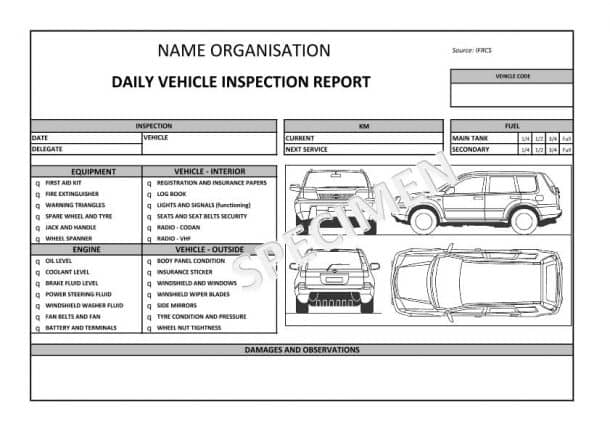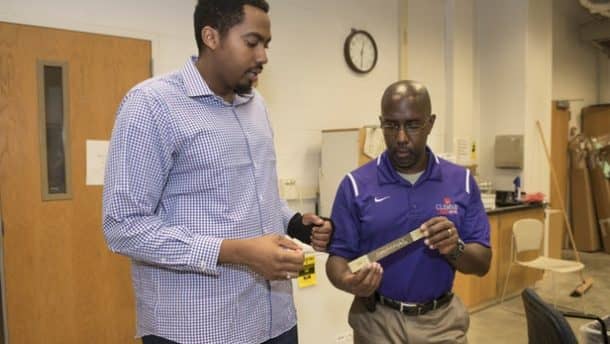It is very frustrating to see a dent in your car when you get back home and not knowing when and how it appeared. That might change in the future as a team of scientists from Clemson University, funded by the US army is working on a magnetic nerves project, which will allow the vehicles to assess the damage and make reports.
Similar systems have been developed for robots in the past which allow them to react in different ways when they take damage in order to protect themselves. The functionality of these magnetic nerves lies in magnetostrictive material, which responds to change in magnetic field and physical stress.
The magnetostrictive material lies sandwiched between two layers of composite materials. The vehicles outlined with these panels will be able to assess the damage from impacts, cracks or unusual loading. This generates a report forwarded to a computer which tells how bad the damage is.

“In the field, we need that self-diagnostic capability,” says Oliver Myers, a researcher on the project. “Lieutenant Data in Star Trek always says, ‘I’m performing to specified parameters.’ We want to make sure our platforms are performing to those specified parameters at a minimum.”
These magnetic nerves can help streamline the maintenance and repair processes. Physical signs are not always present in the wear and tear of components and certain parts are replaced after a fixed amount of time to be on the safe side. The new technology will allow the people to know which parts need replacement and which ones still have life in them. This will save time and cost.

The US Army Research Lab has given almost $1 million to the Clemson University team and they are trying their best to develop the material as quickly as possible but it is speculated that it will still take more than a decade before the technology can be perfected.


